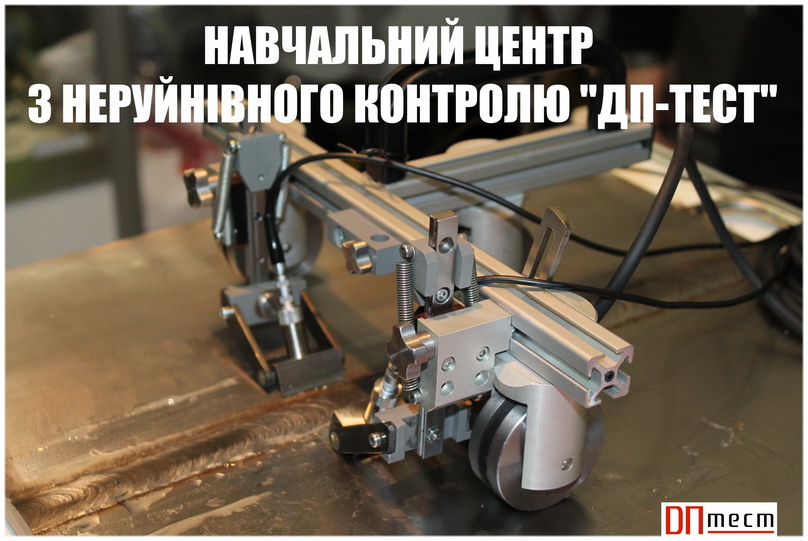In this bachelor's project, an automated multichannel ultrasonic thickness gauge was designed, which can be used on an industrial scale to measure the thickness of metal sheets or flat structural elements simultaneously at several points. The first chapter focuses on the physical principles of ultrasound and discusses piezoelectric transducers, hardware implementation of ultrasonic thickness gauges, analysis of ultrasonic thickness measurement methods, and specifically, methods for measuring the propagation time of ultrasound in the object under control.
The second chapter is dedicated to the justification and calculation of the acoustic path through which the ultrasound will propagate during thickness measurement. The electroacoustic path coefficient, electrical capacitance, and the development of an amplitude-phase method for detecting bottom echoes with increased noise immunity were calculated.
- Hits: 360








